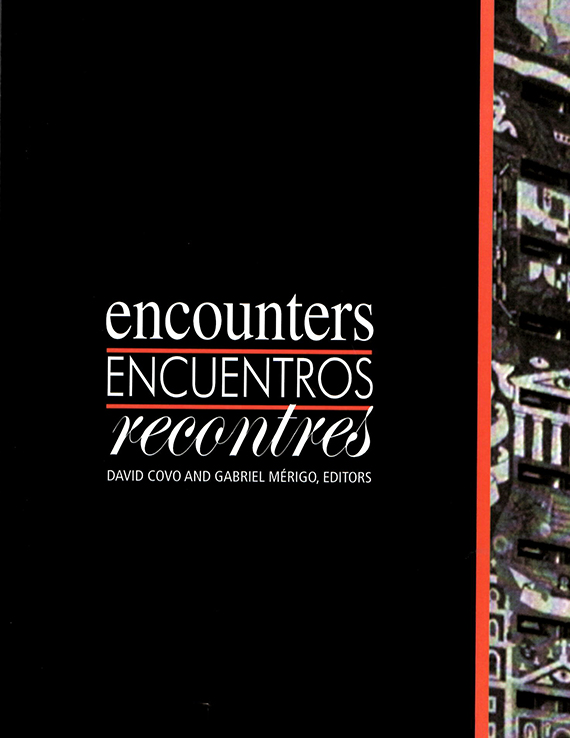Author(s): Fernando Luiz Lara
First encounter: When Walter Gropius visited Niemeyer’s own house at Canoas (completed the previous year) he commented that the house was truly beautiful but could not be mass-produced. Gropius comments echoed for decades among Brazilian architects who saw his remarks as bitter criticism. Two different modernisms had crossed path right there and would surely diverge after this brief encounter. Second encounter: Walking around the residential neighborhoods in the major Brazilian cities, one cannot avoid noticing a repetition of certain architectural elements employed on many facades. The rooflines are often sloping inward. Innumerable concrete slabs float above the entrance supported by thin metal columns. Ceramic tiles in pastel colors cover most of the front surfaces of the houses. Shadow and ventilation are very often provided by brise-soleils or void blocks cast in ceramic or concrete. In the downtown area, many high-rise buildings use the same tiles, brise-soleils and canopies. The question that follows is: could this be considered the mass-production Gropius was referring to? Or was it mass consumption? In that case, the encounter of modernism and mass-consumption is a unique phenomenon that deserves further investigation. Very few perceived it as worth of study then (ARTIGAS, 1956) maybe because they were not designed by architects. Or maybe because they were built in the tropics and away from the architectural media whose eyes were not on Brazil anymore in the late 1950s despite the novelty of Brasilia (LARA, 2000b, TINEM, 2003). But they do exist and their very existence might challenge some of our pre-conceptions about the successes and failures of modernism (VENTURI, 1966; JENCKS, 1977). Instead of asking why modernism failed one might be temped to ask where it failed or whom it failed since, as this essay aims at demonstrating, it hasn’t failed everywhere or everybody.
Volume Editors
David Covo & Gabriel Mérigo Basurto
ISBN
0-935502-57-2

 Study Architecture
Study Architecture  ProPEL
ProPEL 
